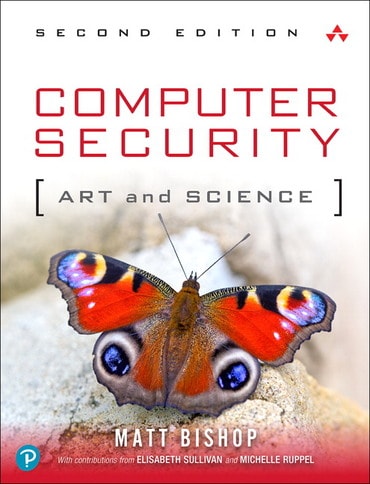Switch content of the page by the Role togglethe content would be changed according to the role
Computer Security: Art and Science, 2nd edition
Published by Addison-Wesley Professional (November 26, 2018) © 2019
- Matt Bishop University of California - Davis
eTextbook
$110.39
$95.99
Need help? Get in touch

Digital Learning NOW
Extend your professional development and meet your students where they are with free weekly Digital Learning NOW webinars. Attend live, watch on-demand, or listen at your leisure to expand your teaching strategies. Earn digital professional development badges for attending a live session.

